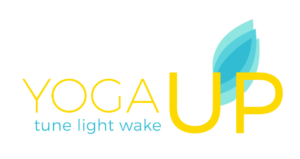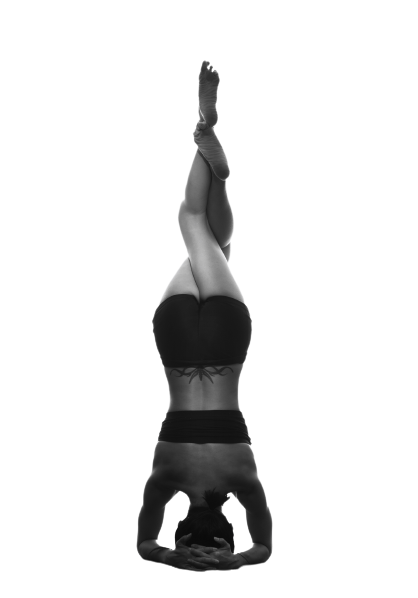Students learn about the function and purpose behind the more subtle aspects and techniques of yoga as well as how these methods can be applied to support and benefit an existing yoga practice.
The ways to implement traditional yogic values into a modern lifestyle will be covered as well.
The course introduces the history and the main philosophical concepts of yoga allowing participants to gain a thorough understanding of the science of yoga, illuminating new directions for the journey within.
With daily asana practices as a fundament, the practice of pranayama (breathing techniques), meditation and mantra is added during this course. Through daily repetition and familiarity, participants will be able to continue a self-practice of these methods in a safe and effective manner after the completion of the program.
AREAS OF STUDY
Philosophy & Life Style
- Yoga Philosophy
- History of Yoga
- Yogic diet
- Yoga & modern lifestyle
Ethic for Teachers
Eight Limbs of Yoga
Pantanjali Yoga Sutras
Understanding Differences between Modern Yoga
Introduction to Ayurveda
Pranayama
Kriyas
2) THE BODY
In Anatomy and Physiology lectures the body is explored progressively through its various systems. This includes learning about the anatomy of the body in relation to movement the different types of joints and their range of movements, the muscles responsible for executing individual actions and the nerve system which co-ordinates them. Asana Workshops build upon this.
Divided into the main asana categories, each workshop covers the in depth study of the key postures
- Their purpose, benefits, correct alignments, variations for all levels as well as the inter-relation between the asana groups.
- Comprehend how individual body parts work and how they co-relate and function together in unity an understanding that will add new dimensions to an asana practice.
- Students get detailed insight into their yoga practice and start to respect their own body’s potentials and limitations.
Area of Study
Main Components of the Practice
- The Breath
- Connection, Breath & Movement
- Transitions
- Progression
- Warm up
- Standing Sequence
- Floor Sequence
- Relaxation
Anatomy & Physiology
Lectures covering the various systems of the body such as
- Skeletal
- Muscular
- Respiratory
- Nervous
- Endocrine
Asana
- Yoga Postures and Variation
- Modification and caution for pre-natal
- Tradition Hatha Yoga Practice
- Vinyasa Yoga
- Various of Sun Salutaiton
- Yoga Props Application
3. Core Program
3. Core Program
Teaching Methodology, Sequencing and Practicum offer the tools and hands-on experience for students to start sharing their knowledge, refine existing teaching skills or simply develop a safe and sophisticated individual practice. In Teaching Methodology the various ways to guide a class through one’s body, voice and movement are covered as well as workshops on how to deliver proper verbal and physical alignments and adjustments. Sequencing cover the main principals of safe sequencing which can be applied across various styles of yoga.
A modular system that can be utilised to built safe and efficient classes suitable for all levels is introduced. Participants will also analyse sample classes and learn how to create their own sequences with specific intentions in mind. In Practicum students will start to teach and are given the space to nurture their individual teaching styles.
They begin with instructing a fixed sequence to a small group and more elements are added progressively. Students observe each other in the role of the teacher and will both give and receive feedback. This module is also a great platform for students to test out their own sequences across a variety of different body types and practice levels before venturing out into the teaching world.
AREAS OF STUDY
Teaching Methodology & Techniques
- Role of a Teacher
- Qualities of a teacher
- Use of Voice & Body Language
- Verbal and Physical Demonstrations
- Verbal and Physical Assisting & Adjustments
- Communication skills Teaching multi-level classes
- Time Management
- The student learning process
Business of Yoga
- Understand the Marketing and Business of a Yogi
- Ethic for Teachers
Sequencing
- Principals of Sequencing
- Using a modular system for efficiently creating sequences
- Creative Sequencing for different class styles
Sequencing focuses on one main asana category such as Forward Bends
- Backward Bends
- Hip Openers
- Side Bends & Twists
- Balancing (Arm and Leg) Inversions
Practicum
- Practice teaching as the lead instructor
- Assisting students while other is teaching


